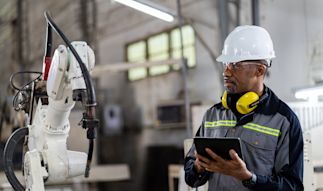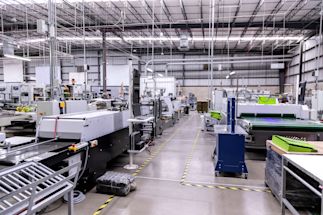Manufacturing drives Wisconsin's economy, with more than 477,000 jobs and a $66.25 billion impact statewide. The latest Wisconsin Manufacturing Report analyzes the industry's challenges and opportunities by surveying more than 400 manufacturing executives and through five regional focus groups.
This fourth annual report reveals several key trends shaping Wisconsin's manufacturing industry:
- A long-term workforce shortage that's transforming how companies invest and grow
- New market opportunities as production capacity opens for additional customers
- Increased adoption of AI and automation, particularly among larger manufacturers
- Company leaders maintaining optimism while navigating economic uncertainties
- Strong statewide manufacturing base providing resilience across diverse sectors
The Wisconsin Center for Manufacturing & Productivity (WCMP) produced this research in partnership with WMEP Manufacturing Solutions and the University of Wisconsin-Stout Manufacturing Outreach Center (MOC). First Business Bank and Top Floor Technologies sponsored the report's development.





